PREDATOR 3500 Watt SUPER QUIET Inverter Generator with CO SECURE Technology, CARB

Description
Product Overview
This PREDATOR® SUPER QUIET™ 3500 Max. Starting Watt, 3000 continuous watts Max. Running Watt Inverter Generator uses a reliable PREDATOR 212cc engine to deliver clean, efficient power where it’s needed most. This closed-frame inverter generator delivers a runtime of over 11 hours @ 25% load. Designed for efficiency, this inverter generator is built with Electronic Speed Control Mode (ESC Mode) to optimize engine performance, maximize runtime, and lower fuel consumption. Rated at 56 dBA, this inverter generator delivers plenty of power while operating at the same volume as a quiet conversation. The lightweight, compact design is ideal for RVs and other applications. Smooth-rolling wheels provide effortless portability. Comes with an RV adapter.
- SUPER QUIET enclosure significantly reduces generator noise levels, operating at only 56 dBA
- Powerful PREDATOR 212cc engine provides plenty of power for RVs and other applications
- CO SECURE® technology automatically shuts down the generator for safety when harmful levels of carbon monoxide are detected
- Pure sine wave inverter technology safely powers sensitive electronics such as smartphones, laptops, and TVs
- Electric start with nonspillable battery (included) for easy starts every time
- Longer runtime: over 11 hours @ 25% load per fill-up
- Electronic Speed Control Mode (ESC Mode) optimizes engine performance to maximize runtime
- Includes 4 wheel system for easy portability
- Includes (2) 120V 5-20R outlets, (1) 120V L5-30R twist-lock outlet, (1) 12V DC
- Complies with ANSI/PGMA G300-2018 standard
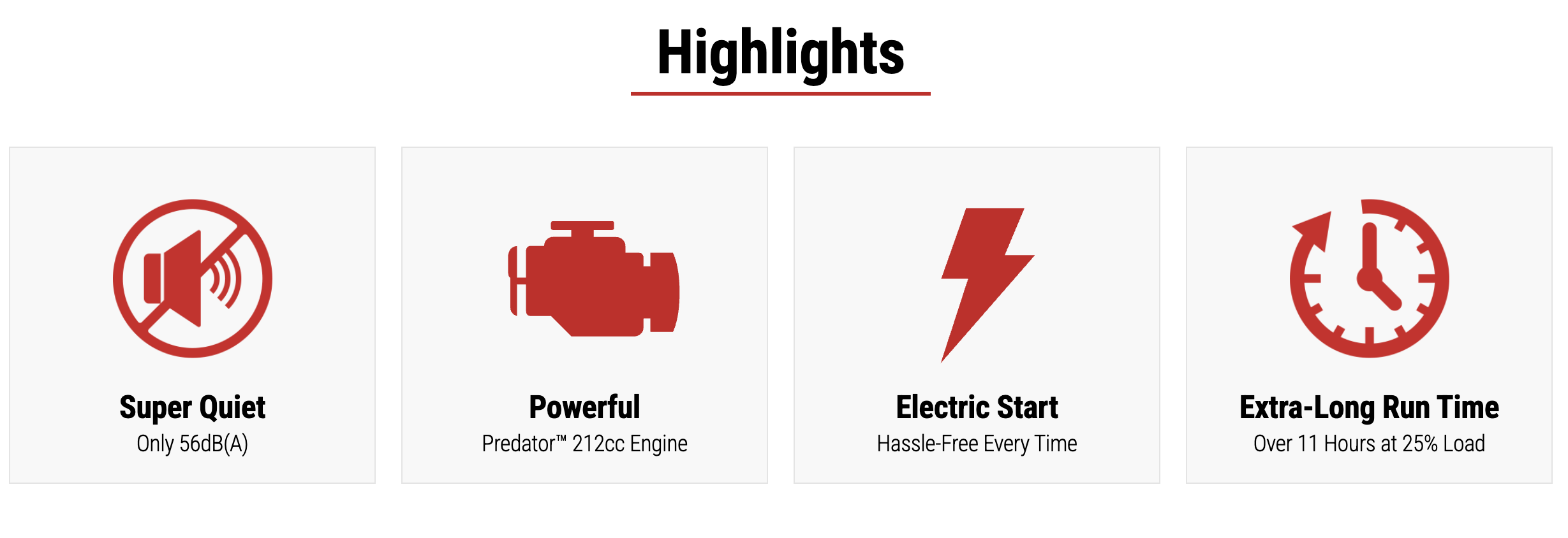
Product Features
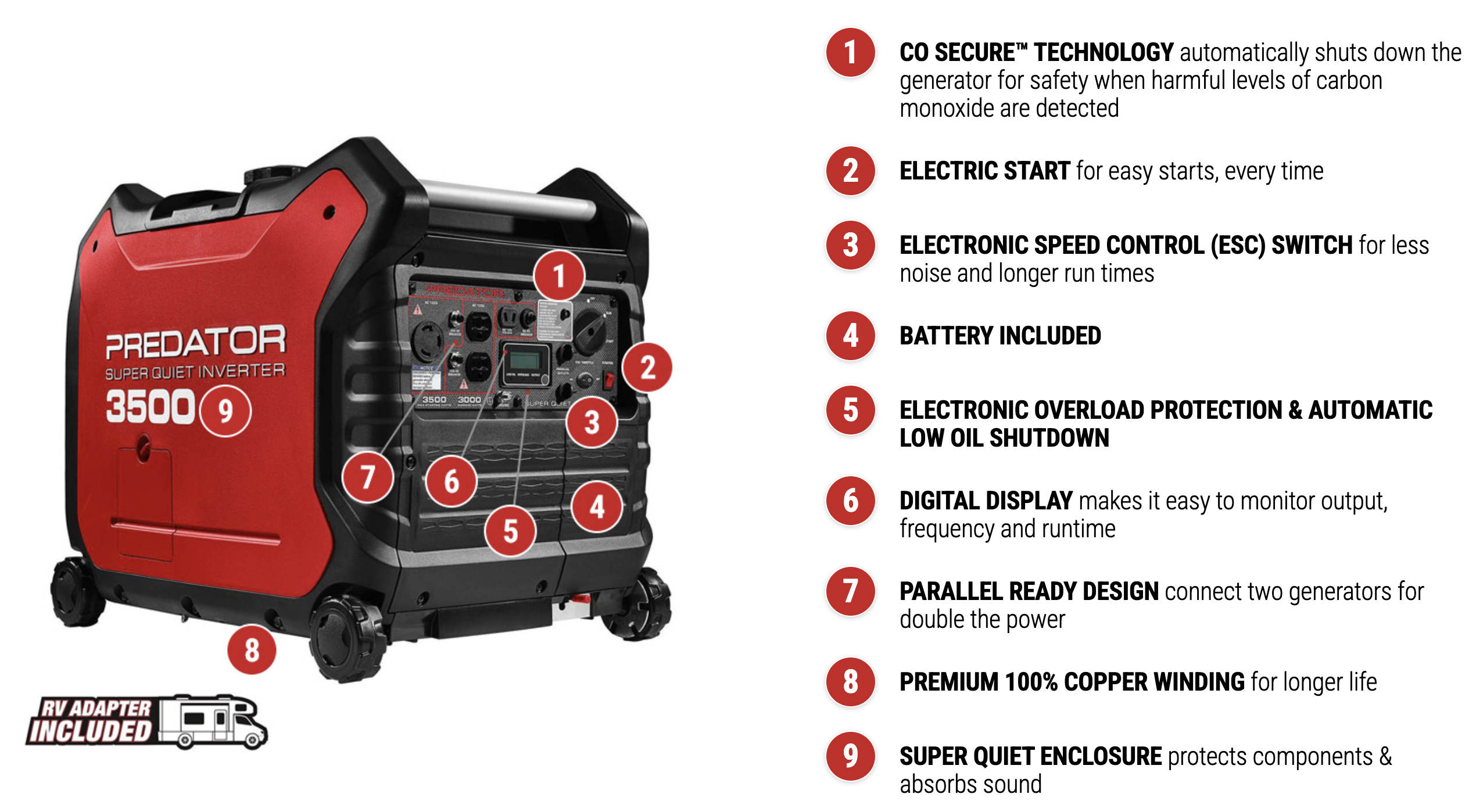

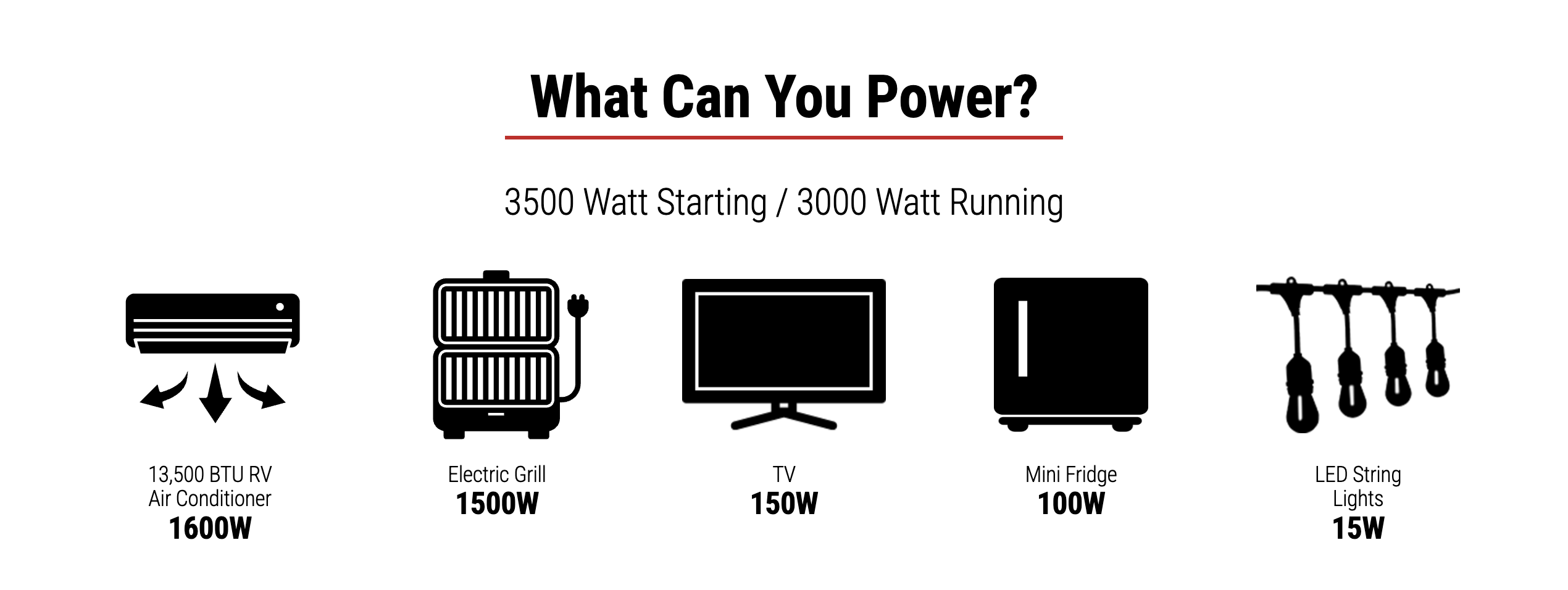
Connecting a Portable Generator to Your Home

Connecting to Your Electrical Panel via a Manual Transfer Switch
Connecting to your electrical panel via a transfer switch allows you to power multiple areas of your home using your home’s existing power circuits.
A manual transfer switch is a switching mechanism that transfers power from your utility company to a portable backup generator with the flip of a switch, isolating power to your home and ensuring no backfeed to the grid. With transfer switches, you can choose which circuits you want your generator to power during installation, ensuring they are available when utility power is lost. It is usually good to choose a higher wattage generator to ensure that the powered loads won’t overload the generator.
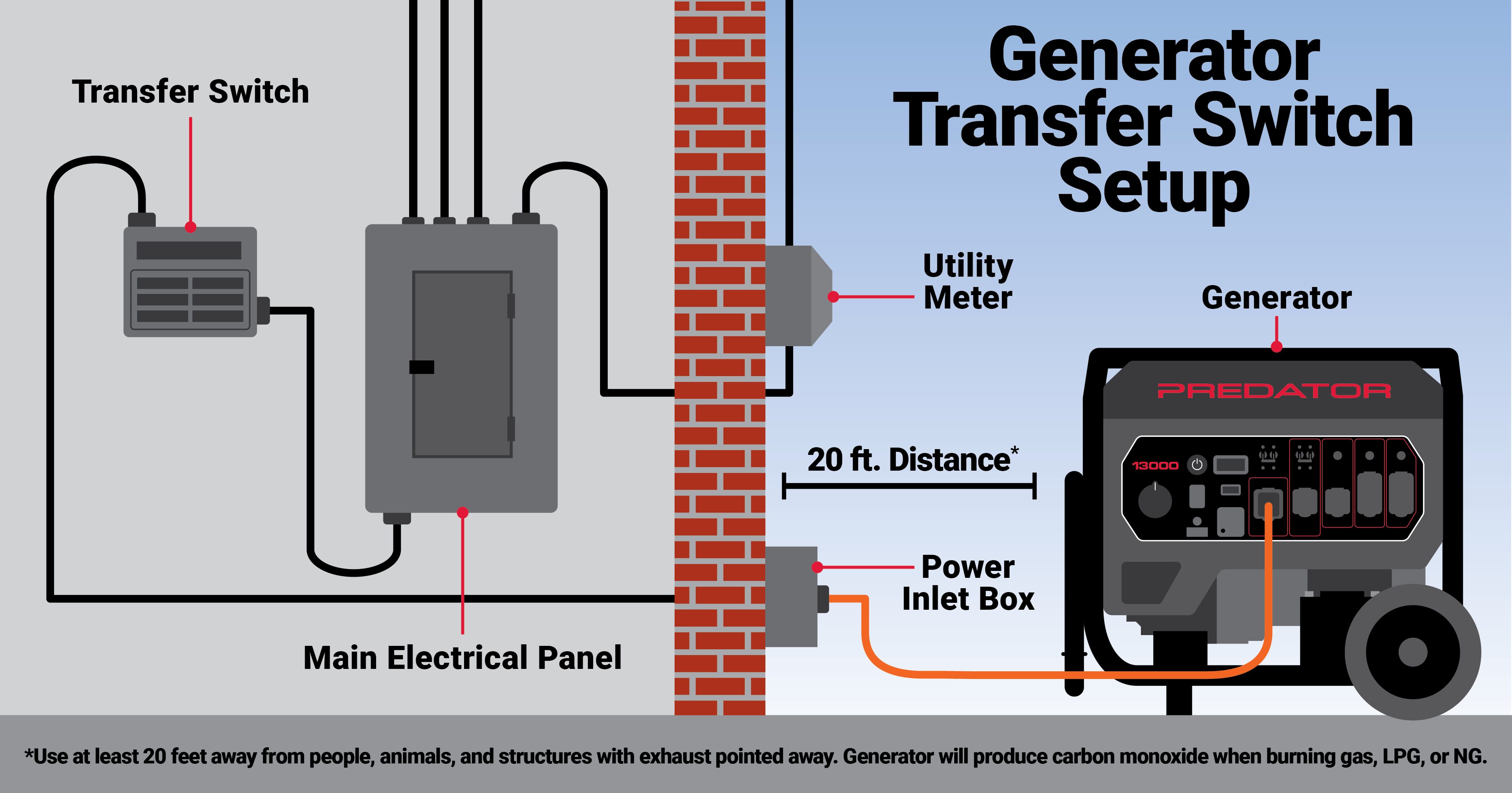
Setting up a transfer switch requires professional installation by a licensed electrician. A licensed electrician will ensure all state and local building codes are met upon installation. Never connect a generator directly to your home’s electrical circuit. Doing so is dangerous and illegal.
What You’ll Need
-
GeneratorNot sure what size generator you need? Check out our Generator Selector to help you choose.
-
Transfer Switch
-
Power Inlet Box
-
Generator Extension Cord(to go from the generator to the power inlet box)
Note: transfer switches are often sold in kits with the transfer switch panel, inlet box, and extension cord.
Steps to Connect
-
Decide between a 30A and a 50A Transfer SwitchThe first step is deciding between a 30A and a 50A transfer switch. This decision will largely depend on the size of your generator and the type of outlet it has. If your generator has a 30A NEMA L14-30 outlet, a 30A transfer switch is the best choice. If your generator has a 50A NEMA 14-50 outlet, then a 50A transfer switch would be best for you.
Transfer switch amperage comparison 30A Transfer Switch 50A Transfer Switch Power Capacity Up to 7,200 watts Up to 12,000 watts Generator Compatability Generator with 30A NEMA L14-30 outlet Generator with 50A NEMA 14-50 outlet Appliance Capacity Suitable for essential appliances only Handles larger loads (HVAC, electric stove) -
Have a Licensed Electrician Install the Power Inlet Box and Transfer SwitchThe electrician will install a power inlet box on the side of your home, which provides a safe and convenient connection point between the generator and your home’s electrical system. Ensure all state and local building codes are met during installation.
They will also install the transfer switch panel, which will connect to your existing electrical panel and provide you with the ability to easily switch between the generator and the electrical grid.
-
Prepare the GeneratorFor safety, place your generator in a well-ventilated area to prevent carbon monoxide buildup. Position it outdoors, at least 20 feet away from any doors or windows, with the exhaust directed away from your home.
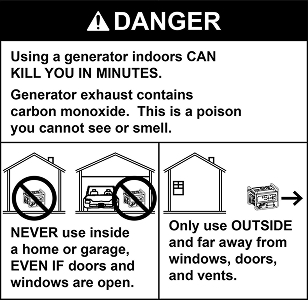
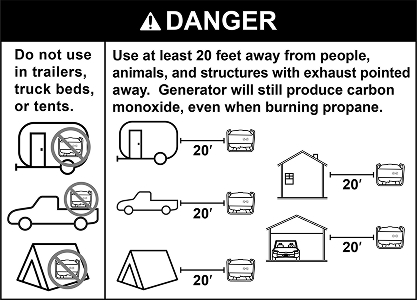
-
Connect the Generator to the Inlet BoxOnce the inlet box is installed, plug the generator into it using the appropriate power cable.
-
Turn on the GeneratorStart the generator and ensure it’s running properly.
-
Switch Power SourceToggle switch on transfer switch panel to generator.
Direct Appliance Connection
Direct appliance connection is a great option if you only want to power a few specific appliances, like a fridge, freezer, and microwave.
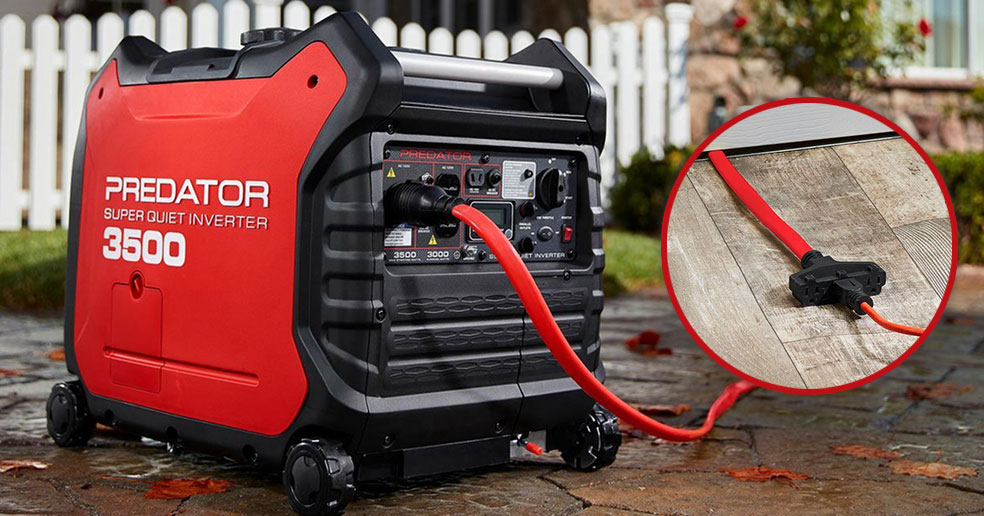
What You’ll Need
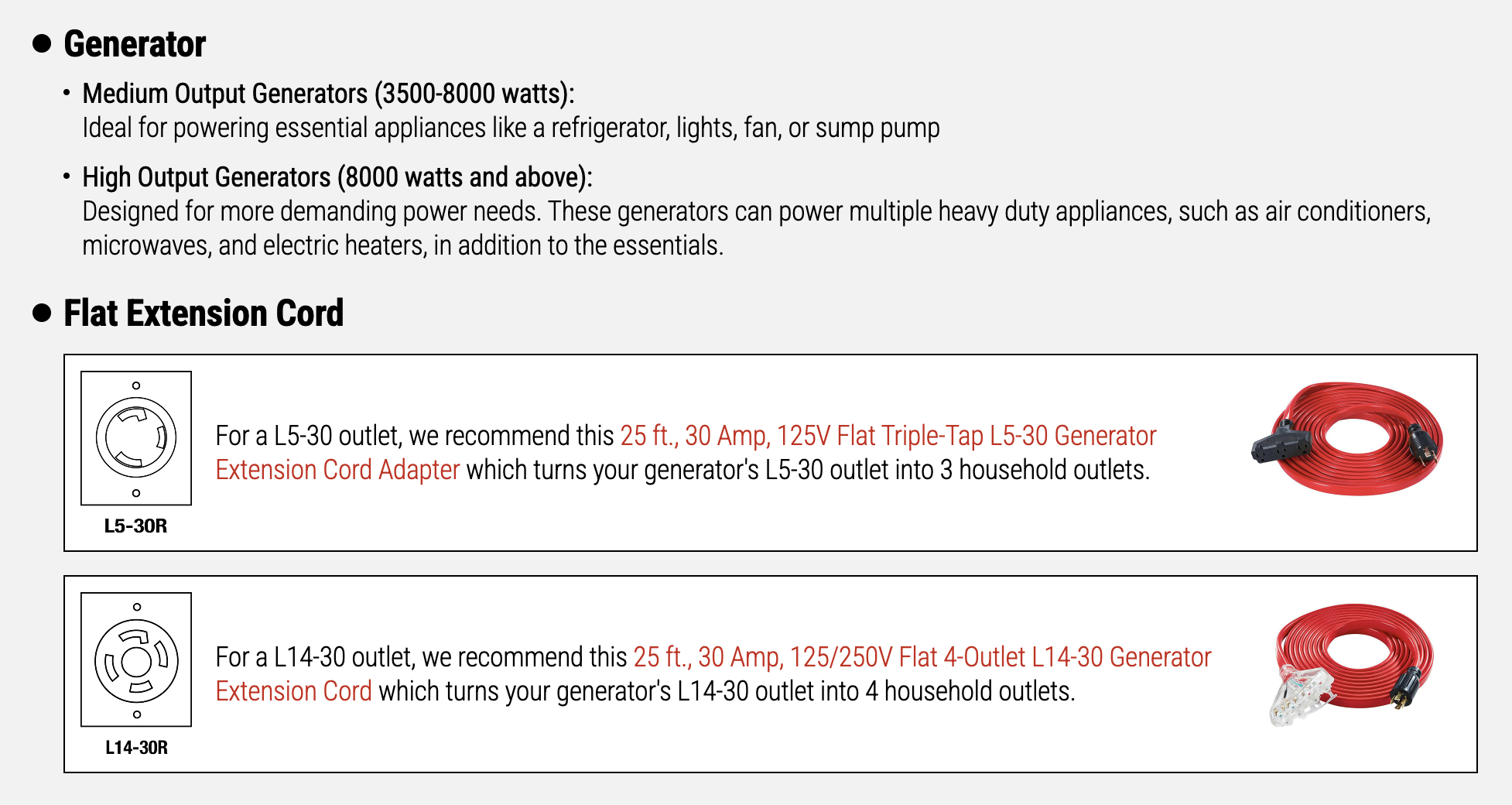
Steps to Connect
-
Prepare the GeneratorFor safety, place your generator in a well-ventilated area to prevent carbon monoxide buildup. Position it outdoors, at least 20 feet away from any doors or windows, with the exhaust directed away from your home.


-
Turn on the GeneratorStart the generator and ensure it’s running properly.
-
Connect the Extension CordPlug a long extension cord into the AC outlet of the generator. Reference the product manual for specific wire gauge requirements.
-
Use a Flat Extension Cord (optional):If you need to run power indoors through windows or doors, use a flat extension cord for easy and discreet passage.
-
- Power Your AppliancePlug the appliance you wish to power into the other end of the extension cord.Specifications
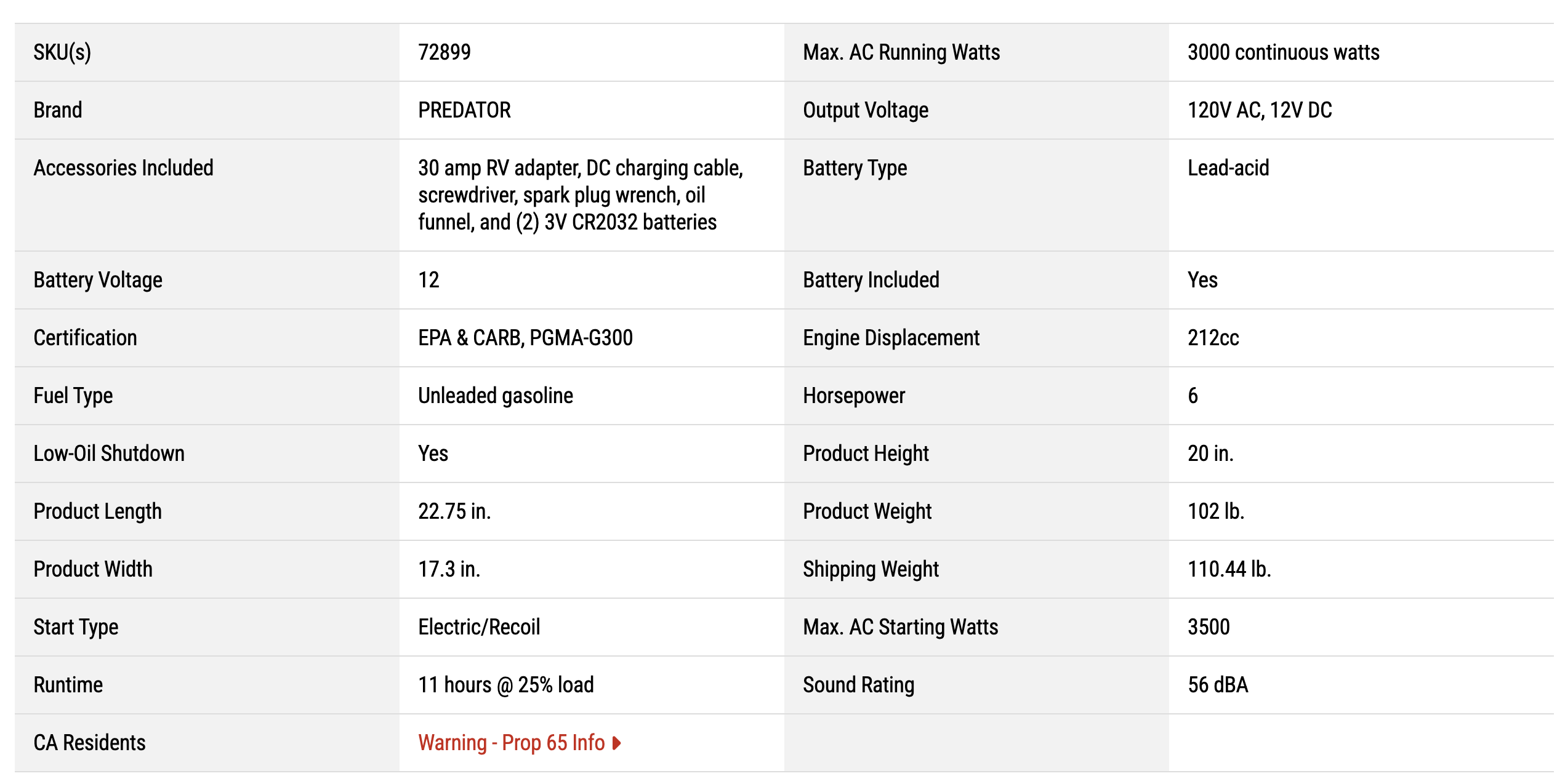 Note: Specifications are approximate and subject to change
Note: Specifications are approximate and subject to change
There are no question found.
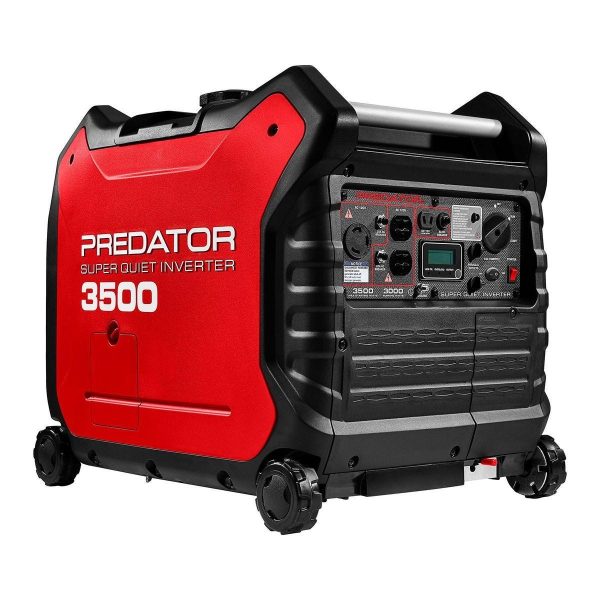
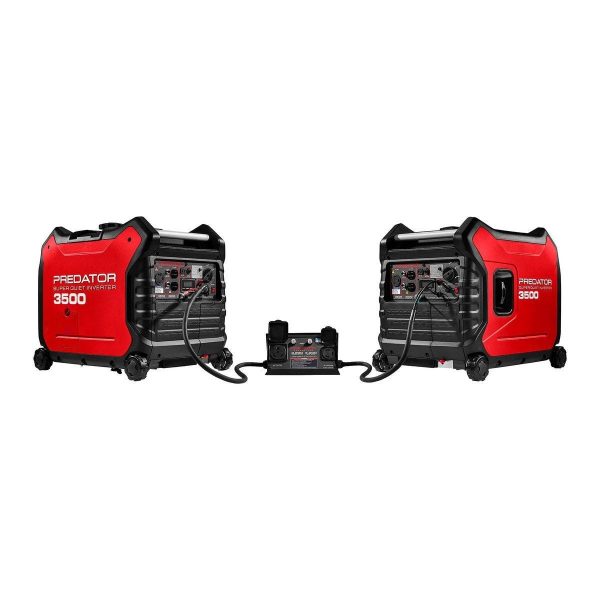
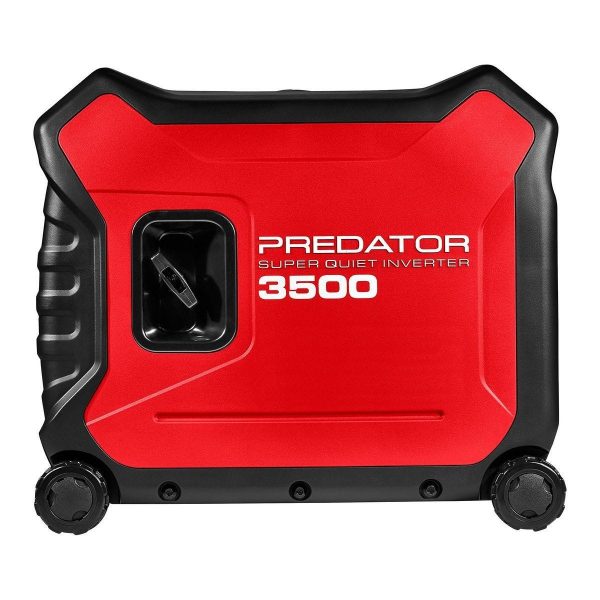
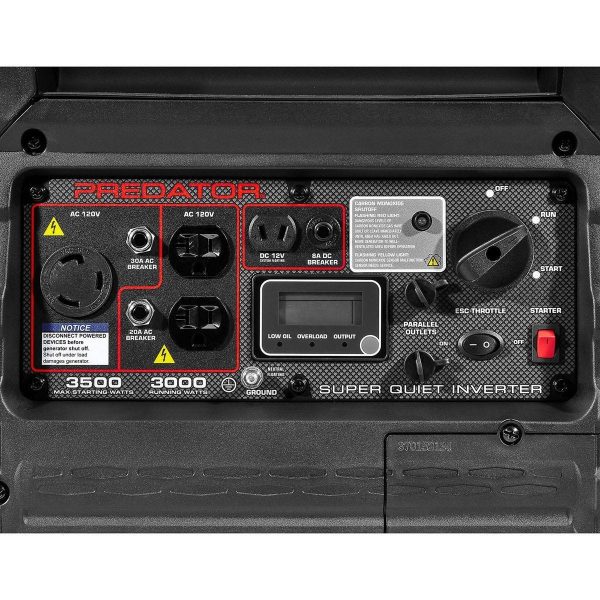
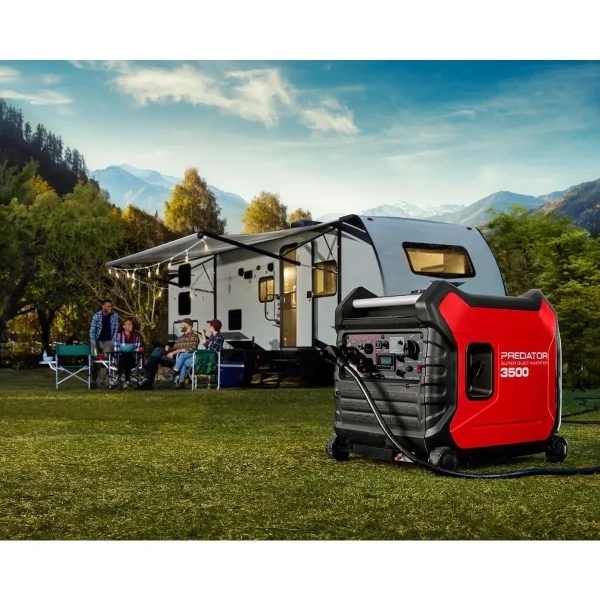
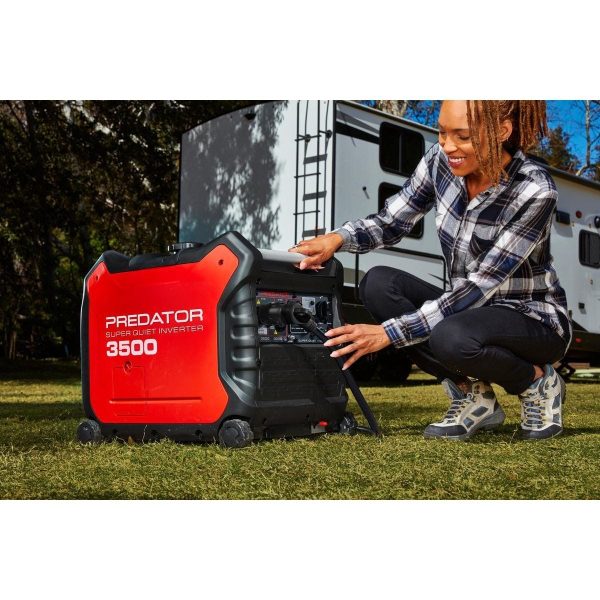
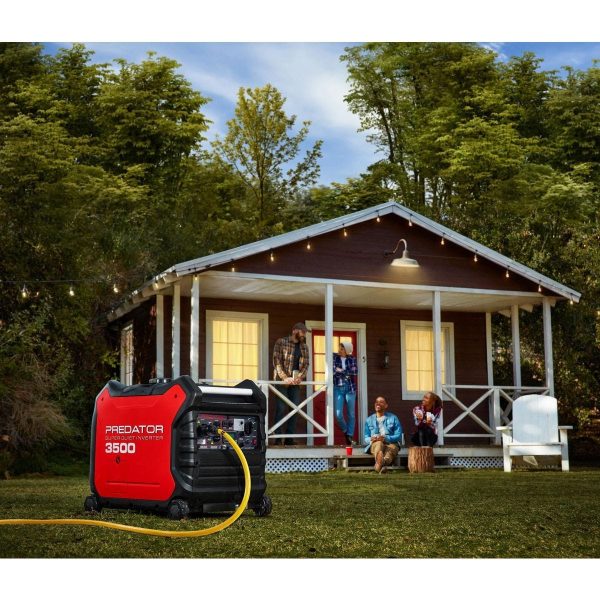
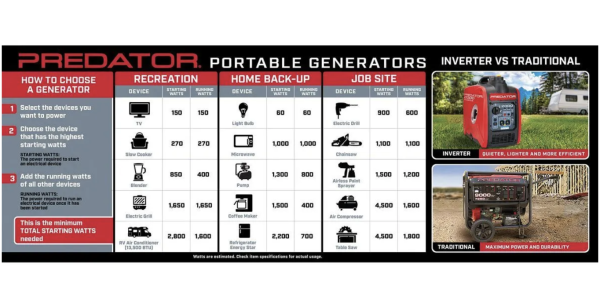
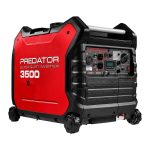
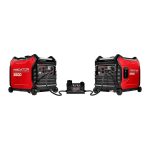
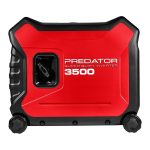
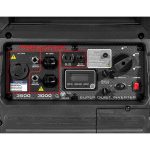
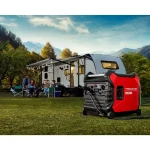
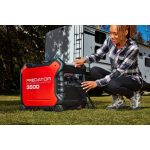
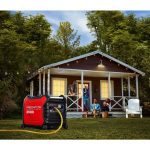



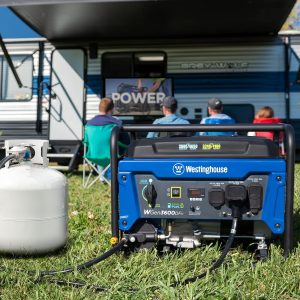
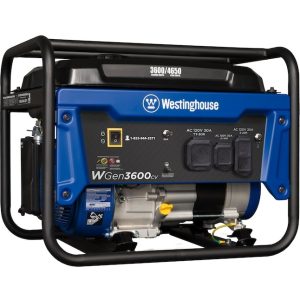
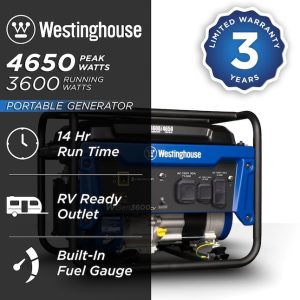
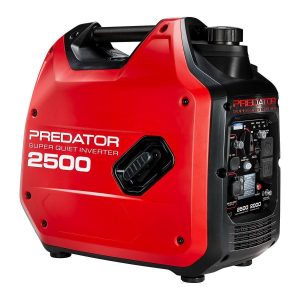
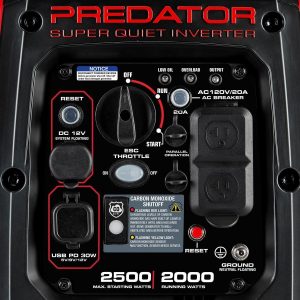
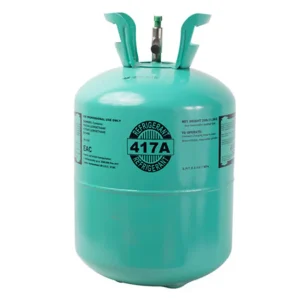
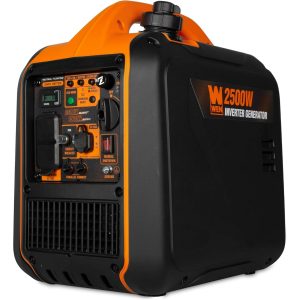
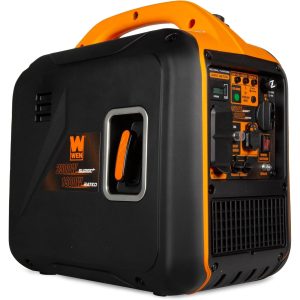
Rating & Review
There are no reviews yet.